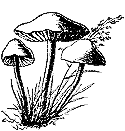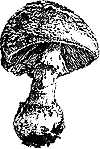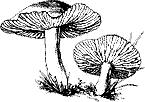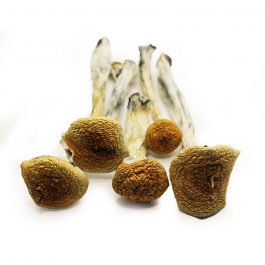Where To Access Hallucinogenic Mushrooms Online
What are Hallucinogenic Mushrooms?hallucinogenic mushrooms. Mushrooms, a kind of fungus, come in many varieties. From those on a pizza to those in spaghetti sauce, mushrooms enhance our cuisine and flavor our lives. But not all mushrooms are so harmless. Some contain toxic and/or hallucinogenic compounds. Hallucinogens are substances that alter or produce false perceptions of sight, sound, taste, smell or touch. Some toxic substances in mushrooms can cause severe illness and even death. Most hallucinogenic substances, including synthetic ones such as LSD, are illegal. Follow for more Historical BackgroundThe hallucinogenic properties of certain mushrooms have been known for centuries. The discovery of mushroom sculptures in ancient Central and South American ruins suggests that hallucinogenic mushrooms were used by native people during religious ceremonies. The Aztecs used the term “teonanacatl” meaning “flesh of the gods” to describe hallucinogenic mushrooms. Historians have proposed that Aztec spiritual leaders used these hallucinogens to induce an altered state of consciousness that they believed would allow them to communicate with their gods and other spirits. |
Types of Hallucinogenic Mushrooms1. Psilocybin/Psilocin Mushrooms
2. Amanita muscaria
|
Effects on Behavior
|
Effects on the Nervous SystemThe chemical structure of psilocybin and psilocin is similar to the neurotransmitter called serotonin. In fact, the primary effect of psilocin is on the receptors for serotonin. There is also evidence that psilocybin reduces the reuptake of serotonin by neurons in the brain allowing this neurotransmitter more time to act in the synapse. Muscimol and ibotenic acid from the Amanita muscaria appear to act on the GABA neurotransmitter system. Muscimol activates GABA receptors on neurons. The GABA neurotransmitter system is one of the brain’s major inhibitory systems. Therefore, muscimol acts to inhibit the activity of neurons in the brain. |

 Mushrooms that contain the hallucinogens psilocybin and/or psilocin belong mainly to the genera: Psilocybe, Stropharia, Conocybe, and Panaeolus. The word “psilocybin” comes from the Greek words “psilo” meaning “bald” and “cybe” meaning “head.” Some specific mushrooms containing psilocybin and/or psilocin include Psilocybe mexicana, Stropharia cubensis, Psilocybe semilanceata, Psilocybe pelliculosa, Panaeolus subbalteatus, Psilocybe cyanescens, Psilocybe baeocystis.
Mushrooms that contain the hallucinogens psilocybin and/or psilocin belong mainly to the genera: Psilocybe, Stropharia, Conocybe, and Panaeolus. The word “psilocybin” comes from the Greek words “psilo” meaning “bald” and “cybe” meaning “head.” Some specific mushrooms containing psilocybin and/or psilocin include Psilocybe mexicana, Stropharia cubensis, Psilocybe semilanceata, Psilocybe pelliculosa, Panaeolus subbalteatus, Psilocybe cyanescens, Psilocybe baeocystis. The Amanita muscaria mushroom is also known as “fly agaric” because it attracts and kills flies. The Amanita muscaria does not contain psilocybin or psilocin. Rather, the hallucinogenic chemicals this mushroom contain are muscimol and ibotenic acid.The fly agaric is related to other deadly mushrooms: the Amanita virosa (the “Destroying Angel”); Amanita verna and Amanita phalloides (
The Amanita muscaria mushroom is also known as “fly agaric” because it attracts and kills flies. The Amanita muscaria does not contain psilocybin or psilocin. Rather, the hallucinogenic chemicals this mushroom contain are muscimol and ibotenic acid.The fly agaric is related to other deadly mushrooms: the Amanita virosa (the “Destroying Angel”); Amanita verna and Amanita phalloides ( Psilocybin/Psilocin Mushrooms
Psilocybin/Psilocin Mushrooms